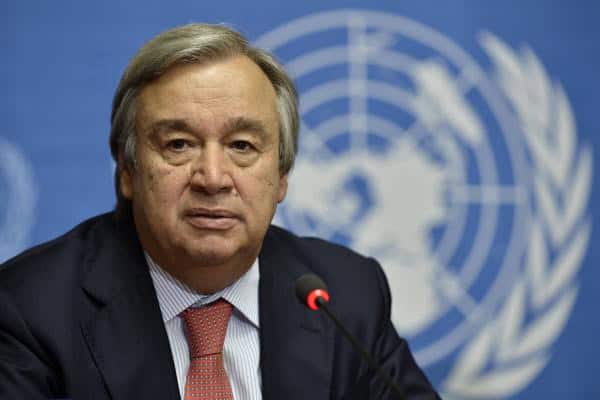UNITED NATIONS – Saving lives by improving road safety is one of the 2030 Sustainable Development Agenda’s objectives, UN Secretary-General Antonio Guterres said in his message for the global day set aside for remembering the victims of traffic accidents.
Noting that more than 1.3 million people die in road accidents every year, he pointed out that more young people between the ages of 15 and 29 die from road crashes annually than from HIV/AIDS, malaria, tuberculosis or homicide.
“The ‘World Day of Remembrance for Road Traffic Victims’ is an opportunity to reflect on how we can save millions of lives,” the UN chief said.
And since 2015, his Special Envoy on Road Safety, Jean Todt, has worked to mobilize political commitment, raise awareness about UN road safety conventions, foster dialogue on good practices and advocate for funding and partnerships.
“While the scale of the challenge is enormous, collective efforts can do much to prevent these tragedies”, the secretary-general attested.
In 2018, a UN Road Safety Fund was launched to finance actions in low-and middle-income countries, where around 90 per cent of traffic casualties occur.
And next February, a global ministerial conference on road safety will be held in Sweden to strengthen partnerships to accelerate action.
“Urgent action remains imperative”, the Secretary-General added. “On this World Day, I call on all to join forces to address the global road safety crisis.”
The UN Department of Safety and Security (DSS) calls road traffic crashes a ‘hidden epidemic’.
According to DSS, they have a “dramatically transformative impact” on people’s lives with most causalities remaining “almost invisible to society at large”.
Last February, with the participation of UN leaders from the Secretariat, UN Development Programme (UNDP), UN Population Fund (UNFPA) and others, including the Chef de Cabinet and Special Envoy on Road Safety, the UN launched the Road Safety Strategy in New York and Geneva that showed unity and the shared message of road safety across the UN-system.
Day has become an important tool in efforts around the world to reduce road casualties.
It offers an opportunity to draw attention to the scale of emotional and economic devastation road crashes cause and recognizes the suffering of victims and the work of rescue services.
Ending fatal road crashes are in line with the 2030 Agenda, particularly in line with Sustainable Development Goal 3 (SDG 3), which encompasses good health and well-being and SDG 11 on sustainable cities and communities.














